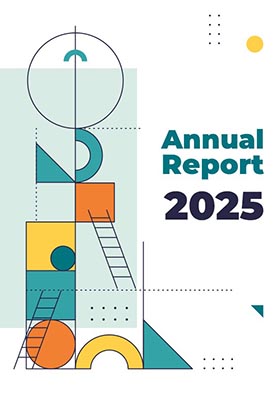Field of Research: Dentistry
Name of author) (s): Tarek H. Rabi
Title of published work: “The diagnosis and therapeutic protocols of approximal caries by final‑year dental students at Al‑Quds University, Palestine”
Name of Journal: European journal of general dentistry
Year: 2015
Volume: 4, Issue 3
Pages: 32-35
Publisher: MedKnow
Abstract:
Introduction: In this study, the major criterion used by 69 final‑year dental students of Al‑Quds University, Palestine, to ascertain the presence of approximal carious lesions through radiographs, and their subsequent treatment plan is outlined. Methods: is study was designed to be cross‑sectional, whereby a questionnaire containing schematic radiographic diagrams of approximal carious lesions in molars of deciduous and permanent dentition were depicted. e extent of caries was divided into fi ve groups indicating different levels of enamel and dentin involvement: Caries extending to the external one‑third of enamel, external two‑thirds of enamel, up to the dentino‑enamel junction (DEJ), external one‑third of dentin, and two‑thirds of dentin. Results: e absolute and relative frequencies of the study group’s responses were recorded. e treatment decisions taken for caries in deciduous and permanent dentition were neither affected by age nor gender. Of the 69 subjects, 26.1% (18/69) chose to treat the approximal caries when it had spread to the DEJ in the deciduous dentition and 39.1% (27/69) chose to treat caries at the DEJ in the permanent dentition, showing a significant statistical variation in response. When studying the difference in response to treating deciduous and permanent dentitions, treating a lesion at the DEJ and within the outer third of dentin in deciduous dentition was lower than the latter in permanent dentition, with a treatment response of 26.1% (18/69) for deciduous and 39.1% (27/69) for permanent dentition for a lesion at the DEJ, and 24.3% (17/69) in deciduous and 33.3% (23/69) for permanent dentition for a lesion in the outer third of dentin. Conclusion: ese results show a significant difference in the choice to treat approximal caries in deciduous and permanent dentitions, indicating a greater preference for treating caries within dentin in permanent dentition than in deciduous dentition.
Keywords:
Approximal caries, dental students, Palestinian dental students, therapeutic protocol.
Contact author (s):
Name: Tarke H. Rabi, PhD.
Address: Department of Operative Dentistry, Al-Quds University
E-mail: This email address is being protected from spambots. You need JavaScript enabled to view it.


